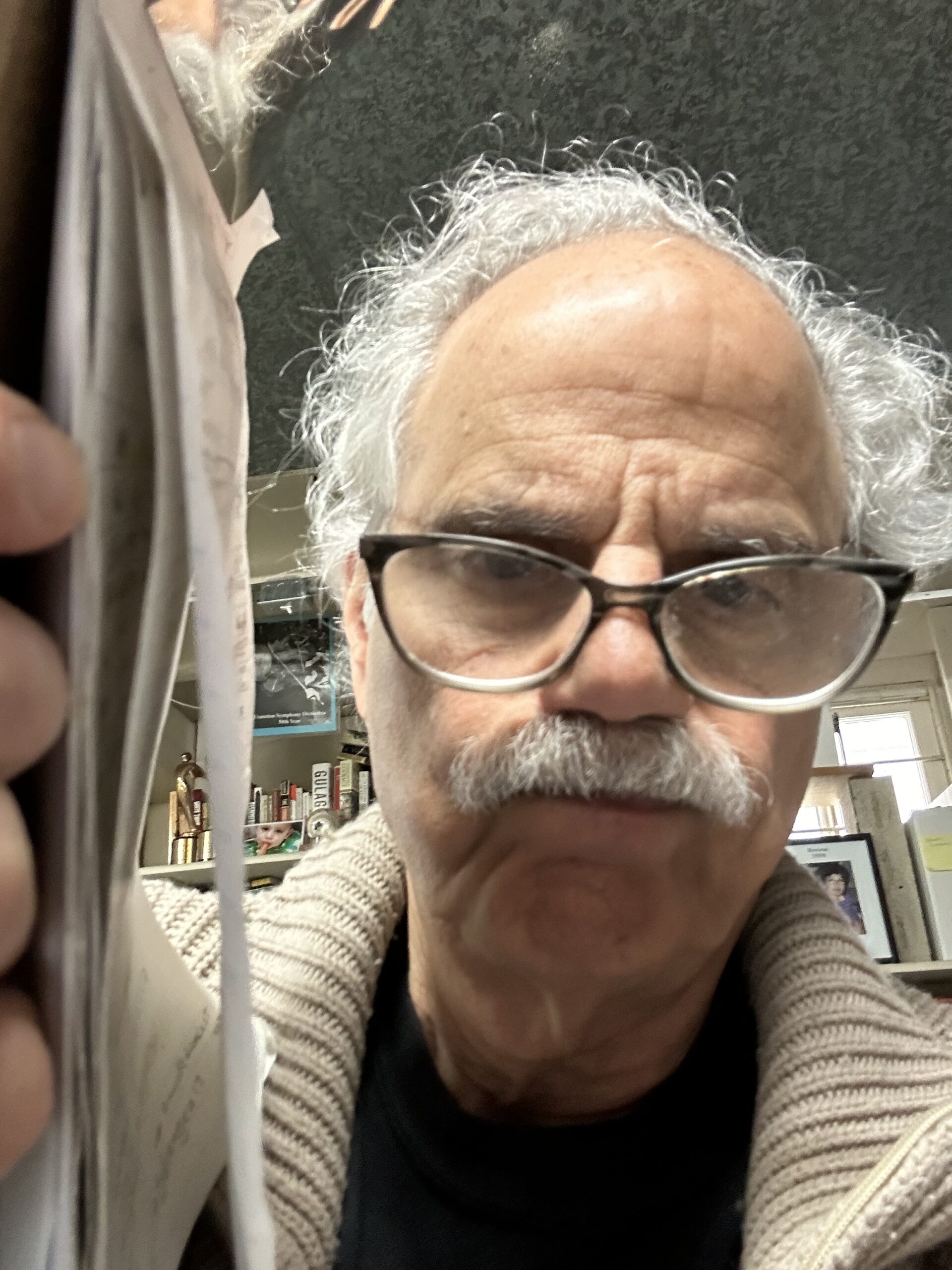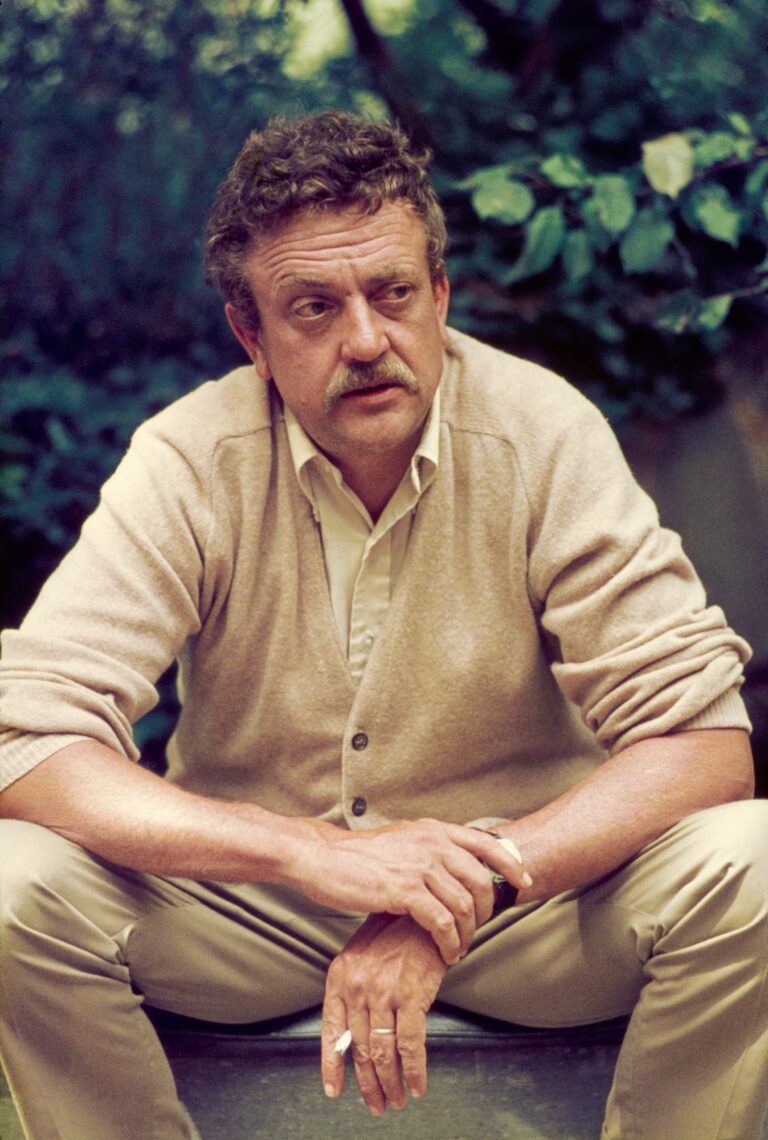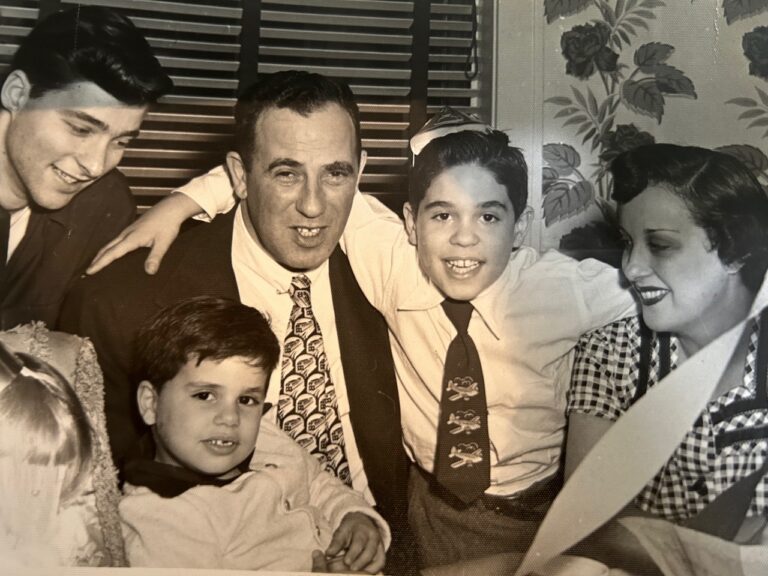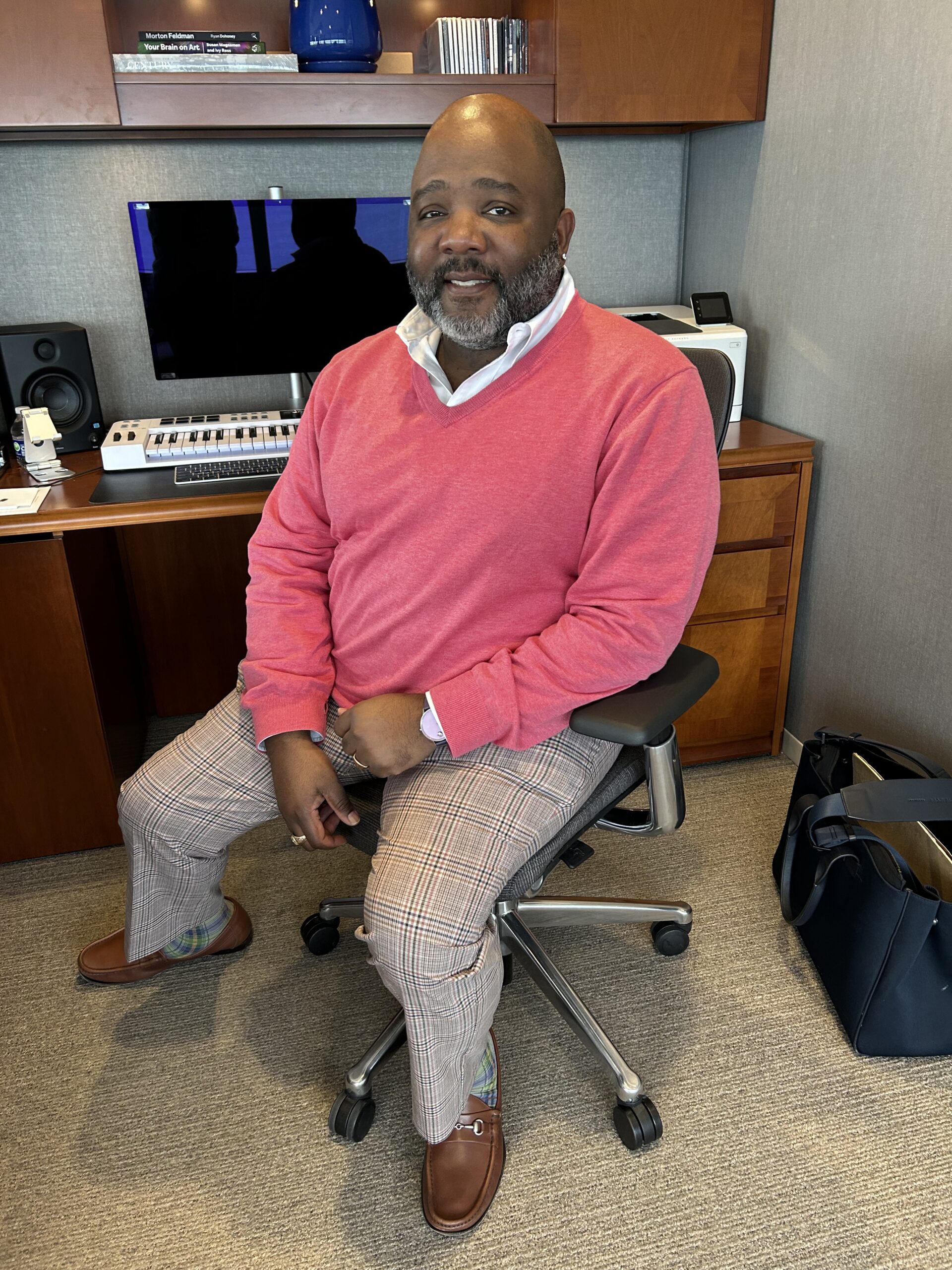Evanston RoundTable, Sept. 10, 2015
It has been a banner literary year for Evanston author Steve Fiffer. In a span of nine weeks his two latest books were published to considerable acclaim.

The first, “Jimmie Lee and James: Two Lives, Two Deaths and the Movement That Changed America,” came out in early May. Co-written with his son-in-law, Adar Cohen, the book reports on the events immediately preceding the famous Selma march, which led to the landmark Voting Rights Act of 1965. The late civil rights activist Julian Bond called it a “must-read for all who care about the fight for civil rights,” and MSNBC’s Melissa Harris-Perry, in an on-air interview with Mr. Cohen in August, said, “This book is critical. Everyone must read it.”
This was followed, in early July, by “Desert Diplomat: Inside Saudi Arabia Following 9/11.” The book, by U.S. ambassador Robert W. Jordan, was co-authored by Mr. Fiffer. Midwest Book Review called it “fascinating, illuminating and highly recommended…an up-close and personal glimpse into a tangled situation, sometimes horrendously dysfunctional politics, and the economic and social changes transforming Saudi Arabia at the time.”
While a capstone for most writers, two books in two months is only the latest achievement in a long and illustrious career. Mr. Fiffer’s 16 books, several screenplays and numerous articles written over 29 years cover a wide range of topics, including sports, as-told-to memoirs, community service, and entrepreneurialism.
In the sports category, he has written two baseball books: “How to Watch Baseball” (1989) and “Speed” (1990) and edited a third, “The Game From Where I Stand” (2010) by former Chicago Cub center fielder Doug Glanville. His as-told-to memoirs include books by Miami Dolphins football star Mercury Morris (“Against the Grain,” 1988), former Secretary of State James Baker (“Work Hard, Study…and Keep Out of Politics,” 2006), and TV-newsman Walter Jacobson “(Walter’s Perspective,” 2012). The first of two memoirs co-written with civil rights attorney Morris Dees, “A Season for Justice” (1992), won several awards for its contributions to social justice, and the second, “Hate on Trial” (1993), was selected as one of the Most Notable Books of 1993 by the New York Times.
Mr. Fiffer’s 2000 book “Tyrannosaurus Sue: The Extraordinary Saga of the Largest, Most Fought Over T. Rex Ever Found” is currently under option by a major movie studio.
He has also written scores of articles for magazines and newspapers, including the Chicago Tribune and Sports Illustrated. For many years he covered the Cubs and White Sox for the New York Times. With his wife, novelist Sharon Fiffer, he has co-edited three books.
In addition, the Fiffers have led a writers’ workshop in Evanston since 2008. (Full disclosure: I am a workshop member; their daughter, Nora, works at the RoundTable.)
In 2001 he was awarded a Guggenheim Fellowship for a writing project he is still pursuing, a “biography” of the spinal cord.
But in some ways, Mr. Fiffer’s personal story is more riveting and moving than any of the others he’s written. His 1999 memoir, “Three Quarters, Two Dimes and a Nickel: A Memoir of Becoming Whole,” describes the experience that changed his life, from a bright, normal and happy North Shore teenager to a suddenly paralyzed and possibly lifelong quadriplegic. The transformative event took place December 1967 in a New Trier High School wrestling class, when, thrown backwards on the mat, he broke his neck and severely damaged his spinal cord. Doctors at Highland Park Hospital feared the worst. “A room full of grim-faced pediatricians, internists, radiologists, orthopedists, and neurosurgeons told my parents that mine was an ailment with no hope of cure and little hope of improvement…in all likelihood I would spend the rest of my life in a wheelchair.”
What makes the book, like the author, so special is the account of his resolute determination to prove the doctors wrong and get back on his feet by dint of iron determination, beginner’s pluck (not knowing how challenging it would be) and hard work, recounted with humor and poignance. It is a funny, inspiring and amazing tale of the miraculous capacity of the human spirit and will.
“What the hell have I done in my 17 years to deserve this?” he asked himself shortly after the accident, in one of his rare moments of self-pity. “How could I have made God so mad?” But he followed this with an answer wise beyond his years. “Our superstitious cleaning lady Willie Bee has offered a different theory. ‘The Lord only tests those He thinks are strong enough to survive.’ I think she’s right. This is my test.”
Discharged from Highland Park Hospital in April 1968, four months and two weeks after the accident, he advanced to daily therapy at the Rehab Institute of Chicago, where he made enough progress by the fall to head to Yale. He was independent enough to fend for himself with braces, crutches and a mini-golf cart on which to zip around the campus.
But still not satisfied, he decided, with his parents’ approval, to take off his junior year from Yale to work with Dick Woit, the legendary Chicago trainer. Despite his slight stature, Mr. Woit, who passed away in 2007, had been a running back for the Detroit Lions. His career was cut short by a severe injury, and when he returned to Chicago he started a program for “Woit’s Warriors” at the Lawson YMCA on the city’s North Side. His training regimen was famously difficult; his manners infamously callous and crude. Chicago Bears’ running back Gale Sayers, whose rehabilitation under Mr. Woit helped him lead the NFL in rushing the following season, called him a “Hitler.” Mr. Fiffer described him as “a tiny sociopath” and “a foul-mouthed, anorexic midget.”
Though he called him “Crip” and Sheeny” and belittled his efforts to keep up with the other class members (some of whom were professional athletes), Mr. Woit developed a terrific affection and admiration for Mr. Fiffer’s efforts, which helped the young man make enormous progress, including moving to a cane.
“After a year and a half I lost 25 pounds and my crutches and gained self-respect and confidence,” Mr. Fiffer said.
Nevertheless, many pages of the book are devoted to his frustrating and often-futile attempts to seduce the likes of Julie, Randi, Missy, Ellie, Daphne, Lisa, Kyla, and Nan – a normal preoccupation for an abnormal 20-something-year-old. And that’s the point of the book. Though he struggled physically, he had the same aspirations and interests as others his age. As he told one young woman he was wooing: “You may not be getting a dollar bill, but you’d be getting three quarters, two dimes and a nickel.”
From Yale Mr. Fiffer went on to University of Chicago Law School, where in 1976 he graduated and joined a downtown law firm intending to be a litigator. It was then he started freelance writing for the Chicago Tribune and Chicago Magazine, and after two years decided to take a leave of absence to try writing full time. He never looked back.
The book concludes on a happy note: he meets and marries Sharon, and they have three children – the oldest from Sharon’s previous marriage.
“I’m put together by chewing gum, rubber bands and Elmer’s glue,” he said, as he described the daily challenge of negotiating his way around numerous obstacles: furniture, people, dressing and driving. “After all these years I can tune my body as if it were a Steinway, albeit a Steinway on which several keys don’t work,” he concludes.
But there is an odd note near the end: another accident in December 1996, this time hit by a car as he was crossing a street, which required surgery for a shattered right leg and broken right arm. Two years of rehabilitation and “I’m just as good (or bad) as before the car hit me,” he writes.
Only not exactly. After a subsequent fall that resulted in a broken hip and hip replacement, he decided eventually to abandon the cane and crutches, and accept the once-despised wheelchair. Trying to fight his way back to his prior mobility would have put too much strain on his family, he said.
Asked about his generally positive, can-do spirit in the face of such adversity, he admitted, “I’d be lying if I didn’t wonder every once in a while, why me. But it’s always been fleeting. It doesn’t get you anywhere. It is what it is. The challenge is: how are you going to deal with it. Wallowing in ‘why me’ would only hold you back from achieving the immediate goal, which is to overcome what you’re faced with.”
He also pointed out that everyone has challenges. “My baggage is on the outside; you never know what people are dealing with on the inside.”
And he conceded that, to some extent, he might even be a role model. “People might look at me and think, ‘If he can deal with that, I shouldn’t complain about this.’”
Mr. Fiffer is currently pitching ideas for his next book to his agent, and dealing with the loss of his mother, Elaine, who died at the age of 91 in August. “Matriarch does not begin to describe her,” he wrote in her death notice. Rather, he said, she was a role model for hope and resilience.
“That’s the way I was raised. The most poignant scene in my memoir,” he pointed out, “was when Mom went home after my accident and began shining my shoes. She knew that some day I’d walk again.”
Note: This is the original story; the article that appeared was slightly shorter.




+ There are no comments
Add yours